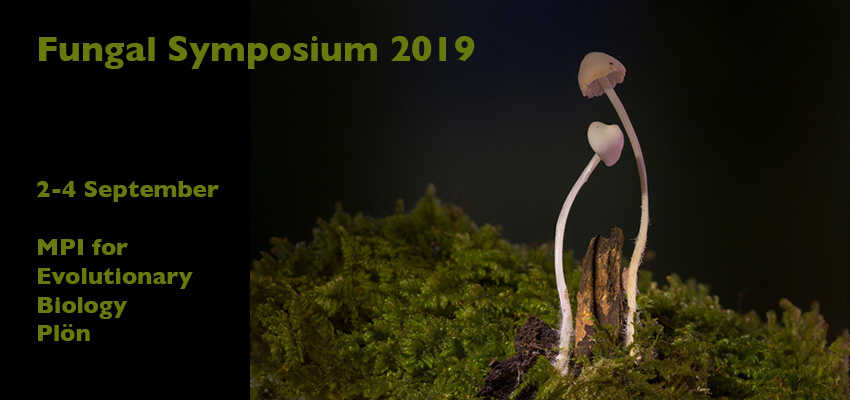Speaker
Description
The insect-pathogenic fungus, Entomophthora muscae, is a host-specific pathogen that infects and kills houseflies
(Musca domestica). Curiously, E. muscae induces behavioral changes in infected individuals before host
death. The flies are manipulated to seek an elevated position, spread their wings in an up-right position and
protrude their abdomen. Within hours, fungal sporulation begins. The fungus actively discharges the infective
conidia, which must reach new individuals to continue the infection cycle. Furthermore, previous studies has
shown an increase in attraction from healthy, uninfected males towards dead, sporulating female cadavers
compared to uninfected female cadavers. Our work is investigating this attraction and attempts to determine
whether such host manipulation is caused by visual- or olfactory cues. During this talk, results from behavioral
studies and analyses of housefly surface compounds (GC-MS) will be presented and discussed in relation
to this increase in attraction. Our preliminary behavioral studies support an increase in attraction towards infected
cadavers, as well as the infective conidia alone. Our chemical analyses show distinct alterations in the
profile of insect surface compounds caused by fungal infection.

